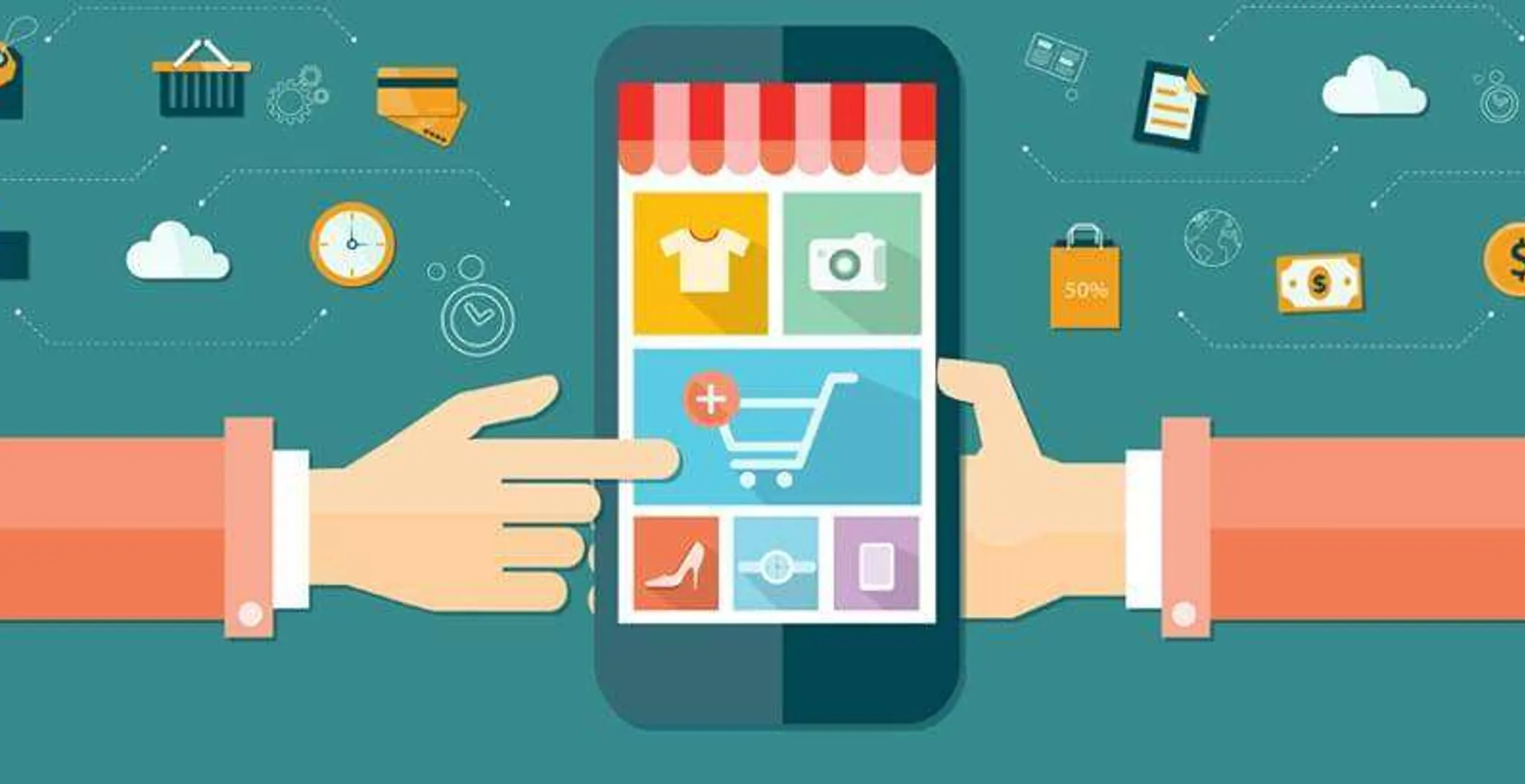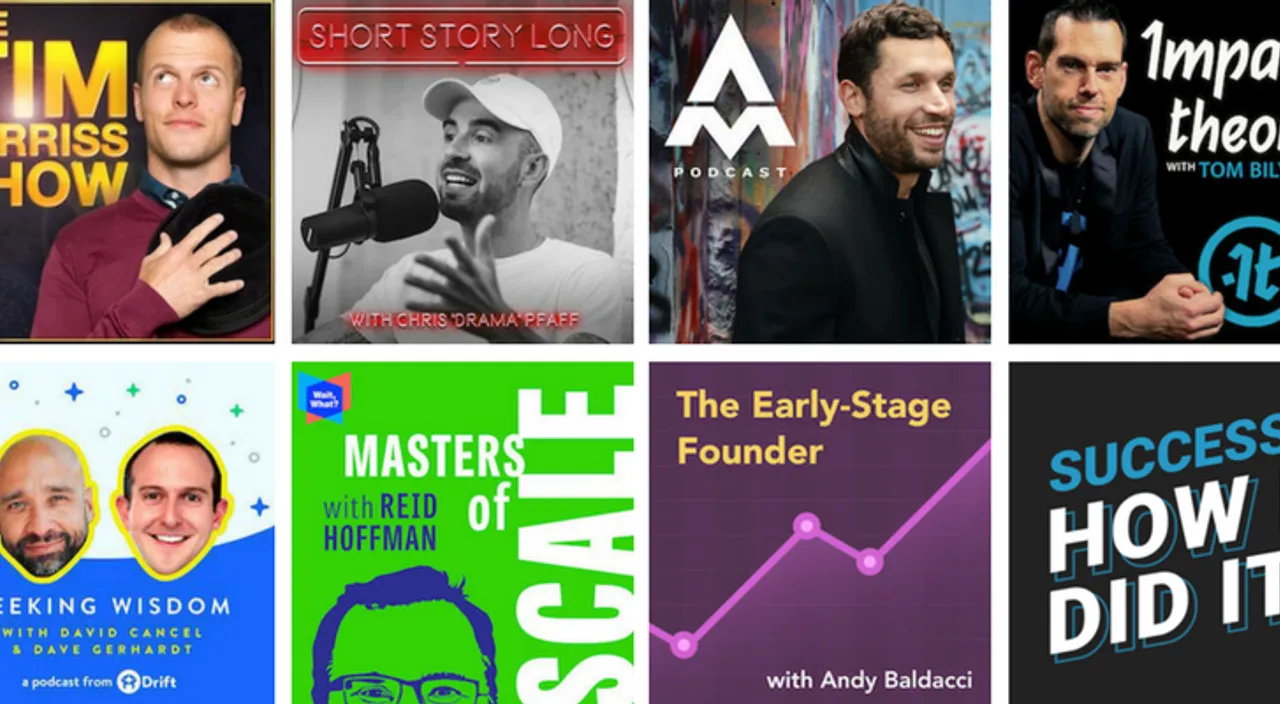If you’re reading this post you probably already understand that Ecommerce Newsletters are an important part of your marketing efforts.
However, there is a big gap between signing up with an Email software account and actually preparing a market optimised mailing schedule.
In today’s article, we are going to look at How frequently to send Newsletters and Emailers, how to segment your mailing list and how to use your Emails to push traffic to your Ecommerce site with a catchy Call-to-action (CTAs).
How to Segment your Ecommerce Email List
Before you start typing up those Emails, you must sort out who you are sending them to. One of the biggest mistakes many companies make is sending the same Email to everyone on their database.

The bigger your Email data base is, the more diverse your subscribers are likely to be. To send everyone the same mail would mean a much higher chance of sending people communication which meaningless to them. Sending people Emails they don’t want is essentially spam. Spam won’t make you sales and it will damage your reputation.
According to data collected by the DMA’s National Client Email Report 2015, Segmented Email marketing campaigns have higher open rates, higher click through rates (CTRs) and higher conversion rates.
You can segment your lists by:
User Interests
You can separate your lists according to where your users signed up. If you have specific content that they submitted their details to download, this could be a way of determining their interests.
Life Cycle Stage
If you have subscribers who have never made a purchase, and subscribers who are regular customers, you shouldn’t be sending them the same Email. They are at different stages of the buyer lifecycle and your communication needs to be tailored accordingly.
Demographics – Location, age, income

Make sure you are only advertising relevant products to users. If you have products that are suited to specific demographic groups then only these people should receive communication about it.
Preference – Give them the choice of what communication they would like to receive
Let your subscribers choose what content they want to receive with a simple check-box when they sign up.
How to use Calls to Action (CTAs) in your Emails
The number one reason that you are sending any form of Email communication is because you are trying to get the reader to do something. You want them to take ACTION.
That is why you include a CALL TO ACTION in your Email.

A CTA is usually a button or link that takes the reader to a landing page where they can convert. A conversion is usually a sale, although it can also be signing up for communication or any other action that you want the user to take.
But readers don’t just click through and convert because you want them to. If they did we would all be buying things every time we receive a mail. To get your readers onto the landing page you need to make the CTA compelling.
Rules for a good Call To Action:
Your CTA button should be eye catching but not garish. Choose a colour and shape that is in contrast to the rest of your mail, while still keeping in with your brand colours. You want the CTA to be eye catching, but if it is too different to the rest of your mail the reader may think it is an unrelated ad on the page.

Your CTA should contain an action word: Make sure your CTA tells the reader what they should do. It should contain an action word phrase as “click here”.
Your CTA should create a sense of urgency: Your Call To Action should contain a word like “now” or “today” to create a sense of urgency in the reader. For example, “Click here Now”.
Your CTA should tell the reader what to expect when they click: Tell the reader what they will get for clicking. If your CTA doesn’t add value for the reader there is no reason for them to click it. For example, “Click here now to download”.
Last of all, your CTA should be relevant to the content in your Email. Don’t write a newsletter about travelling abroad and then offer a CTA for the reader to download a brownie recipe! Rather let them download a packing check list.
How Frequently should you send Email Newsletters?
This is a really important question.
Emailing your potential customers too often can make them feel overwhelmed. Your mails will start to feel like spam. They will either ignore them or unsubscribe from your mailing list.
But not sending emails frequently enough can be just as damaging. For one thing, you could be losing out on marketing opportunities. For another thing, your Emails may seem out of context and lost if you don’t send them frequently enough.
The trick is to Email your customers often enough to make sure they keep you in mind, and seldom enough to make sure it’s always a pleasure to receive your mail.
Most marketers agree that two to three Emails per month is the optimum amount. That means not quite weekly, but every two weeks could be too seldom.
Unless you have a set “weekly” mail, every ten days is a good rule of thumb. Once you get to know your customers better you can adjust your frequency.

If your Email recipients are signing up to receive your mails intentionally, you should give them the option to choose how often you mail them. Provide a simple check box system that allows them to choose options such as “weekly”, “monthly”, “every two weeks”, or “two to three times a month”, depending on how much content you are willing to put out there.
Another place to add an option is on the unsubscribe page. Make sure that Email recipients who unsubscribe are redirected to a landing page that allows them to check a box and tell you why they are unsubscribing.
The options can include “too many emails”, “I didn’t sign up to receive this mail”, “the subject matter doesn’t interest me”, etc. This is a great opportunity to learn more about your customers.
Once they have given feedback as to why they are unsubscribing, you can take them to a second landing page that asks if they really want to unsubscribe, and give them a list of options to choose from, related to the reason for unsubscribing.
For example, if they unsubscribe because they are receiving mails, give them the option to set how many mails they receive, or to unsubscribe permanently.

Regardless of what people may say about Email being old fashioned, it remains one of the most cost-effective methods of personalised marketing, with one of the highest ROIs. You are right inside your customer’s inbox!
Make sure you make the most of the opportunity by creating great Emails, sending them to the right people, and at the right time.




